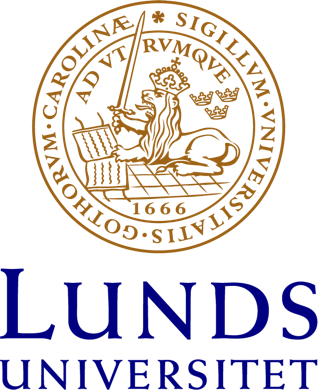Equipment
During the autumn of 2004, a new machine for Accelerator Mass Spectrometry was installed at the GeoBiosphere Science Centre. It is a compact machine (ca 6.5 x 4.5 m2) and based on some new technology – ‘Single Stage Accelerator Mass Spectrometry’ (SSAMS). It is used for 14C-dating and for quantification of 14C-labelled substances with applications within radioecology, ecology, medicine and biomedi
https://www.geology.lu.se/research/laboratories-equipment/radiocarbon-dating-laboratory/equipment - 2025-07-25
